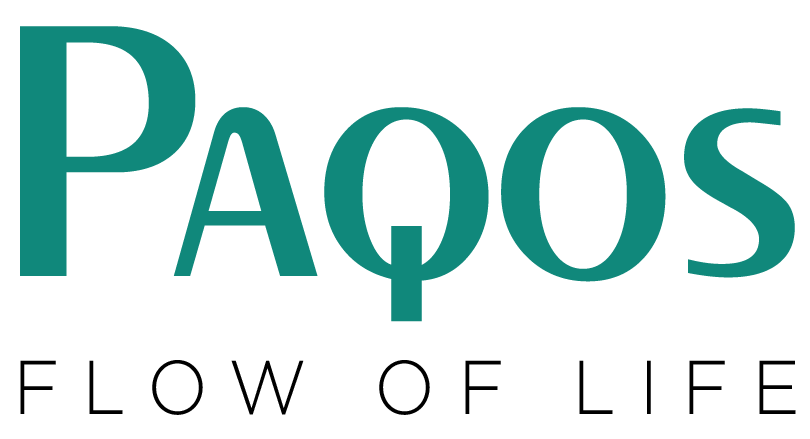Water pressure plays a crucial role in the functionality and convenience of our everyday lives, yet it’s a factor often taken for granted until it becomes a noticeable problem. For those relying on an overhead water tank for their water supply, low water pressure can present a host of frustrating challenges that affect everything from basic household tasks to more complex plumbing systems. In this blog, we will see how to implement effective solutions that restore optimal flow and pressure levels.
Whether it’s due to structural limitations, plumbing inefficiencies, or external factors beyond our control, this blog aims to equip you with the knowledge and strategies needed to tackle the problems associated with low water pressure from overhead water tanks.
Here are some common approaches:
- Check for Blockages or Restrictions: Before trying any other method, ensure that there are no blockages or restrictions in the pipes leading from the tank. Sediment, debris, or mineral buildup can impede water flow and reduce pressure. Clearing the passage will help the water flow properly with the right pressure.
- Adjust the Tank Height: The height of the water tank relative to the fixtures impacts water pressure. Increasing the elevation of the water tank for house can result in higher pressure. However, this might not always be feasible due to structural limitations or space constraints. Take proper measurements, if there’s space available, consider placing the tank at an elevated height for better water flow.
- Install a Booster Pump: Booster pumps are devices designed to increase water pressure. These pressure pumps for water tanks can be installed either at the outlet of the tank or along the pipeline leading to the fixtures. A high pressure water pump comes in various types, including centrifugal pumps and jet pumps, and their selection depends on factors such as required pressure increase and flow rate.
- Use a Pressure Tank: A pressure tank, also known as an accumulator or pressure vessel, can help regulate and boost water pressure. It works by storing pressurized water, which is then released when needed to supplement the flow from the tank. Pressure tanks are often used in conjunction with booster pumps to provide steady and consistent water pressure.
- Upgrade the Plumbing System: If the existing plumbing system is outdated or inefficient, upgrading it can improve water pressure. This will involve replacing old pipes with wider-diameter ones to reduce friction loss and enhance flow rates.
- Install Pressure-Regulating Valves: Pressure-regulating valves can be installed at strategic points in the plumbing system to maintain consistent pressure levels. These valves automatically adjust the flow to ensure that pressure remains within the desired range, even if demand fluctuates.
- Check for Leaks: Leaks in the plumbing system can significantly reduce water pressure. Inspect all pipes, fittings, and fixtures for leaks, and repair or replace any damaged components with new parts for an uninterrupted water flow.
- Consult a Professional: If you’re unsure about how to proceed or if the water pressure issue persists despite your efforts, it’s advisable to consult a plumbing professional. They can assess the situation and recommend the most appropriate solution based on your specific requirements and constraints.
Before implementing any changes, consider factors such as local building codes, budget, and the potential impact on water usage and energy consumption. Additionally, ensure that any modifications comply with safety standards and regulations. Choose from PAQOS, the best manufacturer of stainless steel tanks, renowned for top quality and durable products. PAQOS with its dedication to superior craftsmanship, cutting-edge technology, and unmatched post-purchase support, emerges as a trusted ally in your home.
